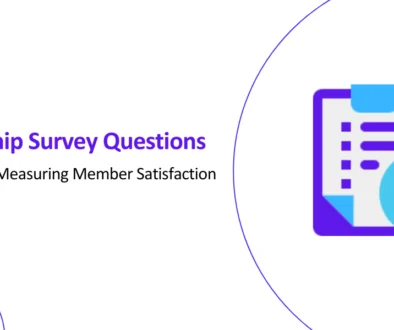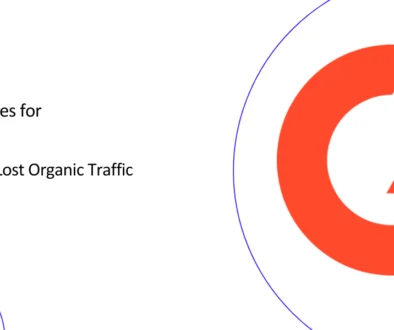A Guide to Google Voice Search Registration For Your Business
What is Google Voice Search?
Google Voice Search is a way to search Google using your voice instead of typing keywords on Google website or app, or through Google Assistant on Android phones, smart speakers, and Apple devices. Google uses natural language processing (NLP) and speech recognition to understand your request and deliver the most relevant results, giving you a truly hands-free experience. In general, Google Voice Search returns organic content, similar to the results you would get if you typed the same query.
Voice search is the future of search, and businesses need to be ready
Voice search is changing the way people find information online. It is faster and easier than typing, and it allows people to use more natural language. Businesses need to optimize their websites for voice search in order to reach potential customers.
Voice search is not just used on search engines. It is also used in smart speakers, chatbots, and navigation apps. This means that businesses need to think about how their content and marketing strategies will be affected by voice search on all of these platforms.
6 Step Guide to Google Voice Search Registration For Your Business
Step 1: List your business online to get found in voice search.

Get your business listed on all relevant websites and directories to establish a strong online presence and increase online citations for your business.
To get started, make a list of all common and niche-specific directories that your business needs to be listed on. Then, create a spreadsheet of all the business information you’ll need to add to your listings, such as your name, address, phone number, business hours, parking availability, and handicap-friendliness. You should also write a short (100 words) and long (250 words) description of your business, and add photographs of your store location.
You have to make sure that your listings are consistent and accurate across all these directories. If you have a lot of listings to manage, you can automate the process using a local listing management tool like BrightLocal, Whitespark and Yext.
Step 2: Use online business reviews from customers to your advantage.
Positive reviews are important for voice search ranking. Businesses with an average four-star rating or more are more likely to rank in voice search results. To get more reviews, ask your customers to leave them and make the process easy. You can also automate your review management and add review schema to your website.
Local review schema is a code that you can add to your website to help search engines understand your business information. Once you add the review schema, your business information may appear in the local-three-pack in search results. Voice search results often use information from the local-three-pack to find the best results.
Step 3: Optimize your website for more specific, long-tail keywords
People speak differently than they type, so voice search queries tend to be longer and more conversational. For example, someone might type “best interior designers New York City” but say “Ok, Google! Who are the best designers in New York City?”
In addition to long-tail conversational keywords, you can also optimize your keyword strategy for “Near Me” searches. This is because people are increasingly using search to find answers to personal queries. For example, a beauty salon owner might target search queries like “Should I color my hair?” or “How often should I wash my hair?” This way, people who are looking for advice on these topics will be more likely to visit the salon’s website.
Step 4: Optimize your website for mobile
Voice search is becoming increasingly popular, and people are primarily using their mobile devices to conduct them. This is why Google has announced that their search algorithms will primarily begin to use mobile versions of websites as a primary ranking factor.
To optimize your website for mobile, you need to make sure that it has a responsive design and that your content is optimized for smaller screens. You should also make sure that your site speed is fast and that your content loads in less than two seconds. If your site has two versions, one for mobile and one for desktop, your content must be the same on both.
Step 5: Optimize your content for Featured Snippets
Google uses a variety of factors to rank websites in voice search results, including the presence of featured snippets. So, if you have featured snippets for your target keywords, you are more likely to appear in voice search results.
Voice assistants are designed to provide users with quick and concise answers to their questions, and featured snippets are the perfect format for this. When a user asks a question, the voice assistant will often read aloud the featured snippet, if one is available.
Step 6: Get Active on Social Media
When people use voice search to ask questions about businesses, search engines often use information from social media profiles to provide answers. This means that businesses with well-maintained social media profiles are more likely to appear in voice search results.
Google voice search statistics
- 20% of searches in the Google App are now by voice. (Google, 2023)
- More than 50% of the adults reported that they use voice search daily. (Demand Sage, 2023)
- 70.4% of voice search result pages are HTTPS websites. (Backlinko, 2023)
Get your business registered on Google Voice Search with Manmash Consulting
Manzar Mashhood and his voice search consultants at Manmash Consulting have a deep understanding of how Google Voice Search works, and we can help businesses implement the necessary steps to get listed and registered. We help businesses optimize their websites for voice search by using relevant keywords, creating clear and concise content, and structuring their content in a way that is easy for Google to understand. If you are interested in learning more, please contact Manzar Mashhood on his WhatsApp number +923331200550.




